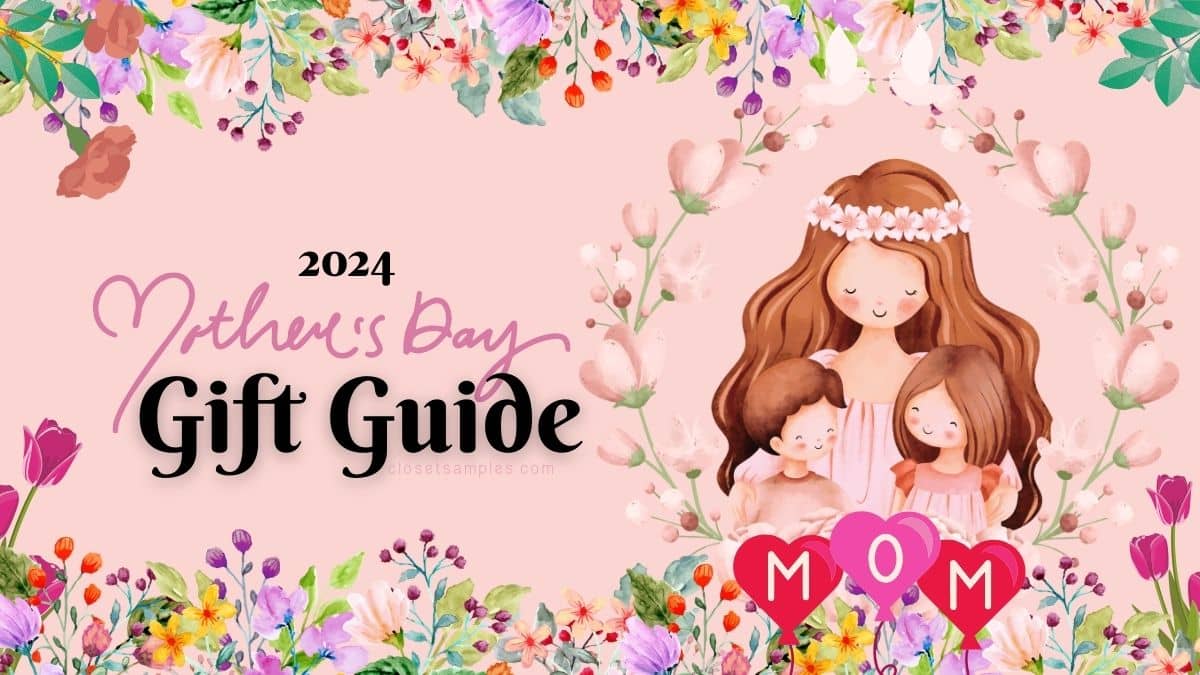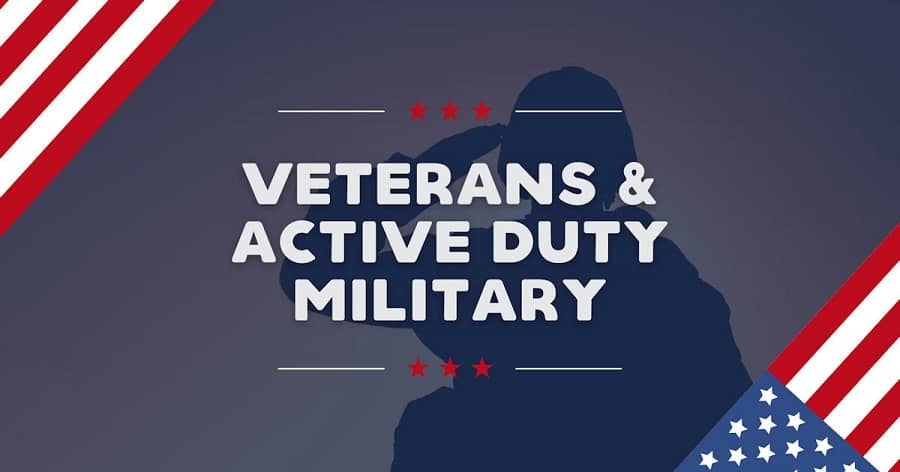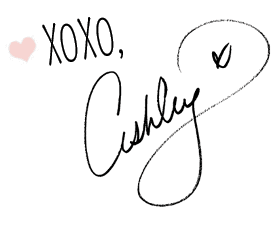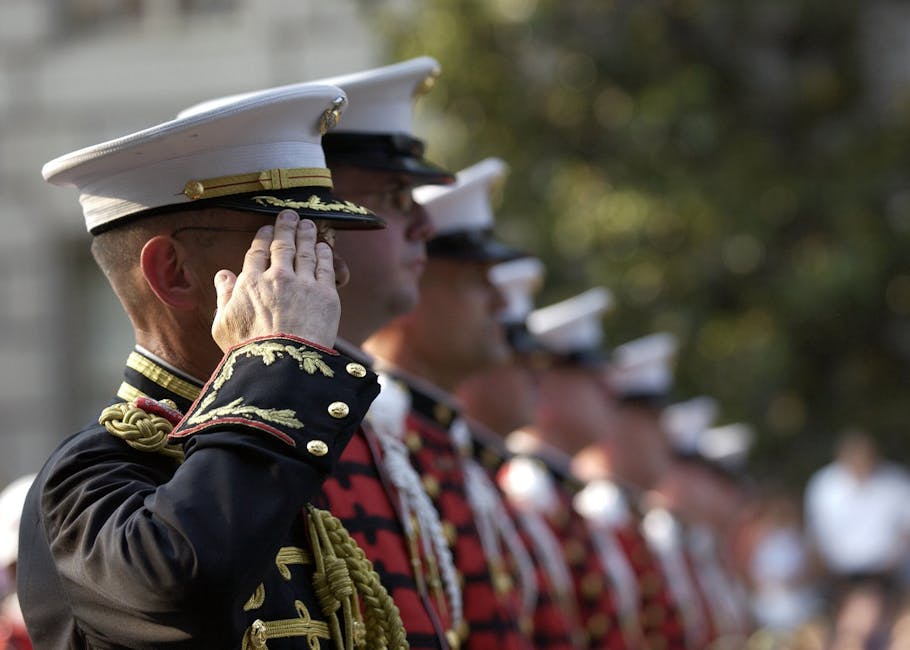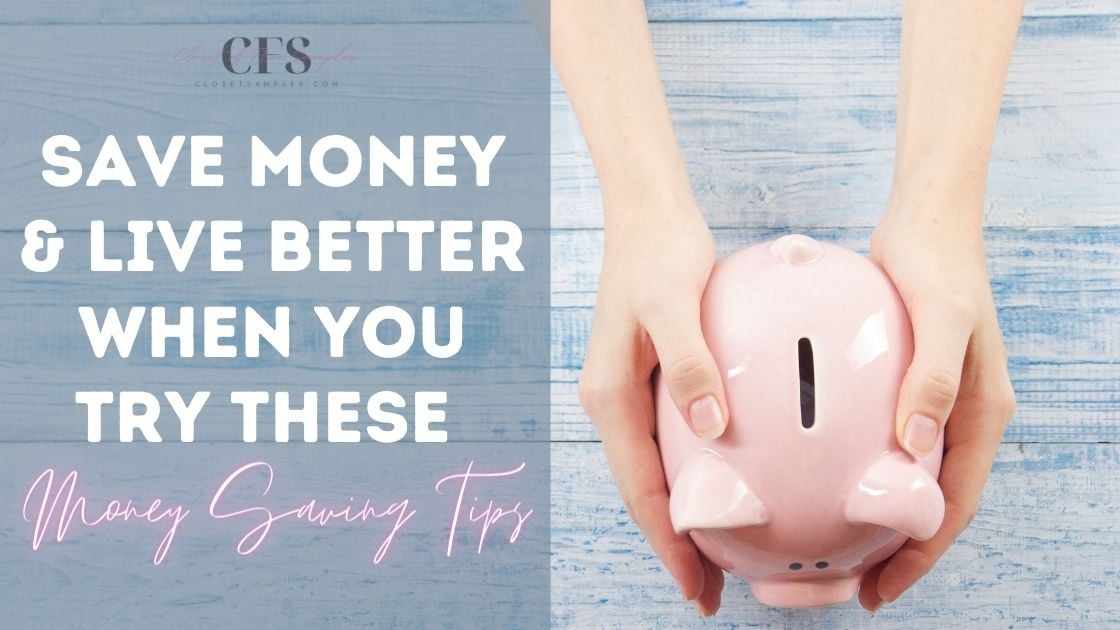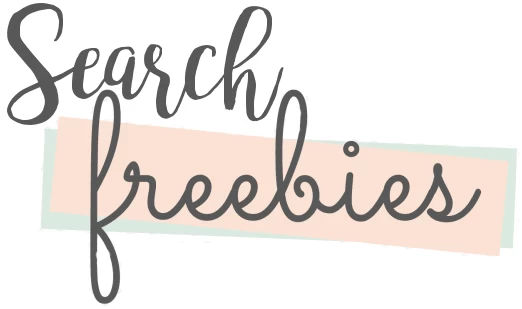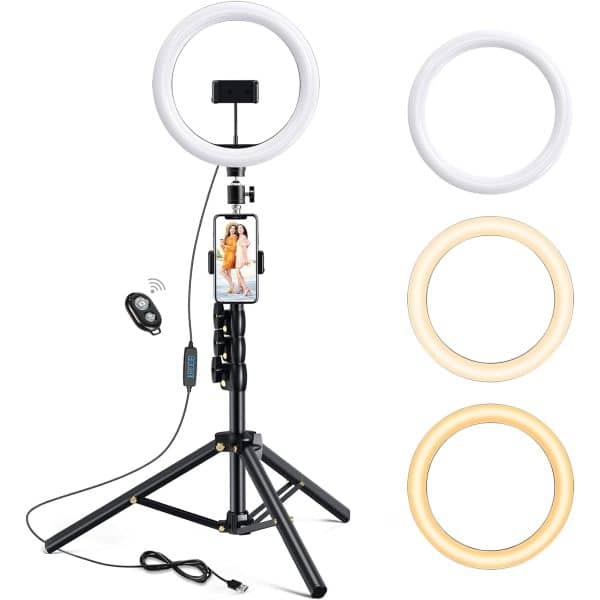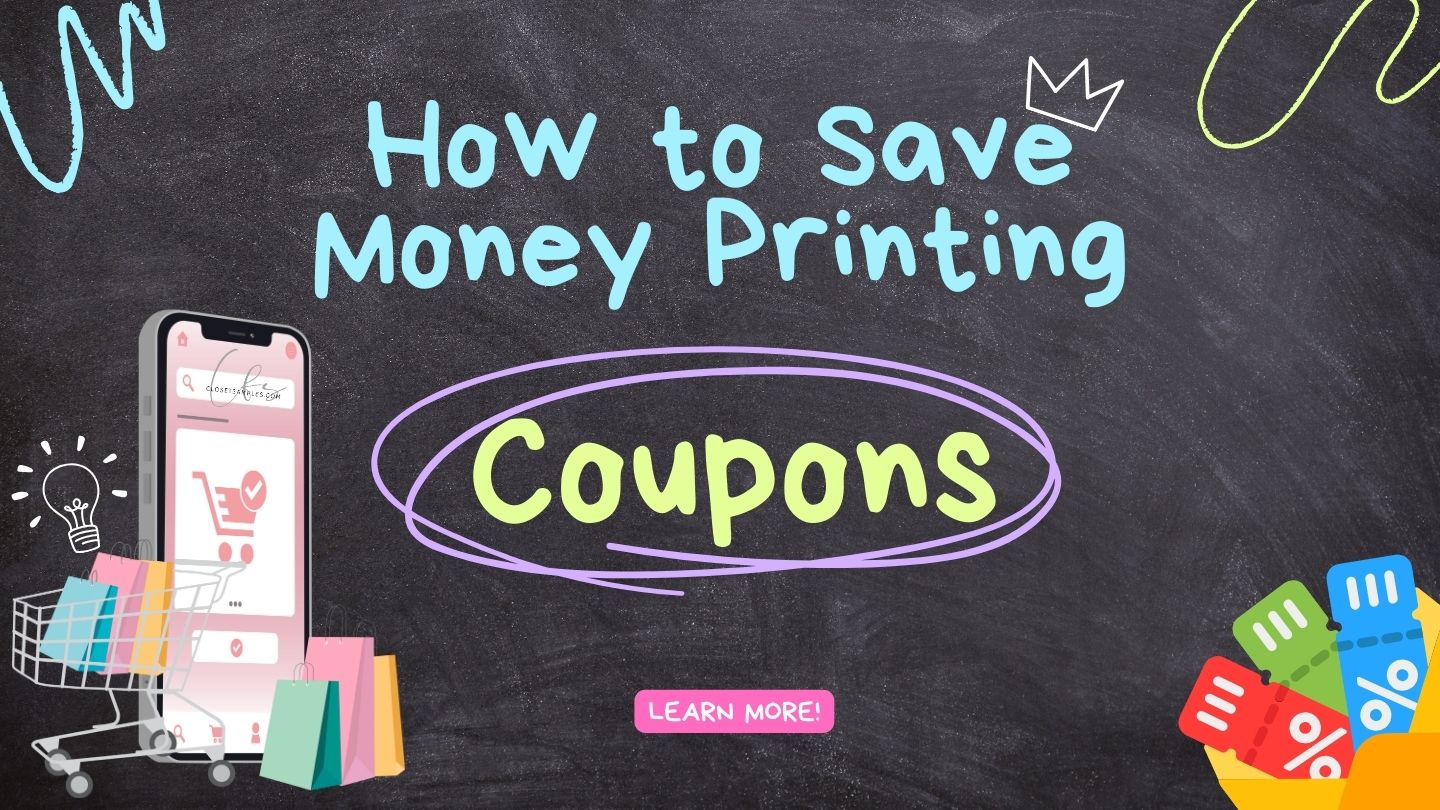Banned books are not new, but they have gained new relevance in an escalating culture war that puts books centering on racism, sexuality, and gender identity at risk in public schools and libraries. A dramatic uptick in challenged books over the past year, an escalation of censorship tactics, and the coordinated harassment of teachers and librarians have regularly put book banning efforts in news headlines.
Would-be book banners argue that readers can still purchase books they can no longer access through public libraries, but that is only true for those with the financial resources to do so. For many, particularly children and young adults, schools and public libraries are the only means to access literature.
What is a book ban?
When a book is successfully “banned,” that means a book has been removed from school curriculums and/or public libraries because a person or group has objected to its content. An attempt to get a book removed is called a challenge. Most public schools and libraries have boards made up of elected officials who have the power to remove books from the schools and libraries they oversee.
Why it matters: A book ban is significant because it restricts others’ access to books, and the ideas contained within those books, based on another person’s often ideologically or politically motivated objection.
The American Library Association (ALA) keeps track of challenges and bans across the country, and the most recent data is alarming. In 2021, the ALA recorded 729 book challenges targeting 1,597 titles. That’s more than double 2020’s figures and the highest number since the organization began recording data in 2000. The actual numbers are likely much higher: Some challenges are never reported by libraries, and books preemptively pulled by librarians out of fear for their jobs are not included.
A recent analysis by PEN America found that many challenged books focus on communities of color, the history of racism in America, and
LGBTQ characters. In fact, one in three books restricted by school districts in the past year featured LGBTQ themes or characters.
Here are the 10 most challenged books of 2021, according to the ALA:
- “Gender Queer,” by Maia Kobabe
- “Lawn Boy,” by Jonathan Evison
- “All Boys Aren’t Blue,” by George M. Johnson
- “Out of Darkness,” by Ashley Hope Perez
- “The Hate U Give,” by Angie Thomas
- “The Absolutely True Diary of a Part-Time Indian,” by Sherman Alexie
- “Me and Earl and the Dying Girl,” by Jesse Andrews
- “The Bluest Eye,” by Toni Morrison
- “This Book Is Gay,” by Juno Dawson
- “Beyond Magenta,” by Susan Kuklin
Many books that were historically banned ended up becoming literary classics that are still taught in modern classrooms. According to the ALA, frequently banned classics include:
- "To Kill a Mockingbird," by Harper Lee
- "The Catcher in the Rye," by JD Salinger
- "The Grapes of Wrath," by John Steinbeck
- "The Color Purple," by Alice Walker
- "1984," by George Orwell
- "Brave New World," by Aldous Huxley
- "Native Son," by Richard Wright
- "Slaughterhouse-Five," by Kurt Vonnegut
- "A Separate Peace," by John Knowles
- "The Lord of the Flies," by William Golding
What’s being done to combat book banning?
Every year, the ALA and libraries across the country celebrate Banned Books Week in September. This year’s Banned Books Week runs Sept. 18-24 with the theme "Books unite us, censorship divides us."
Foundation 451: A fundraiser in Florida to buy challenged books and distribute them to students spawned thousands in donations and has morphed into a nonprofit organization. The organization has distributed books at about a dozen events, setting up tables at festivals, churches and local businesses.
Nashville Public Library: This Southern library protested banned books this year with a limited edition library card with the special message: "I read banned books." The bright yellow cards are part of the library's Freedom to Read campaign celebrating the "right to read."
Margaret Atwood: Author of the frequently banned dystopian feminist novel “The Handmaid’s Tale,” promoted the auction of a specially commissioned unburnable edition of her book made of Cinefoil by unsuccessfully attempting to incinerate a prototype with a flamethrower. The stunt brought in $130,000, with proceeds going to PEN America.
Where to access banned books
The Brooklyn Public Library has a number of support systems in place for teens struggling with the prospect of banned books in their hometowns and daily lives.
First, people aged 13-21 can apply for a free digital library card that's valid for one year, and which will open the doors to the BPL's full eBook collection and learning databases — that's 350,00 e-books, 200,000 audiobooks, and more than 100 databases. You can do so by emailing This email address is being protected from spambots. You need JavaScript enabled to view it. or via the library's Instagram account, @bklynfuture.
The eCard is always free to teenagers in the state, who can
apply through the library's website. The fee for the card for those who live outside New York is normally $50 but currently, the library is waiving this.
Liked this post? Pin it!
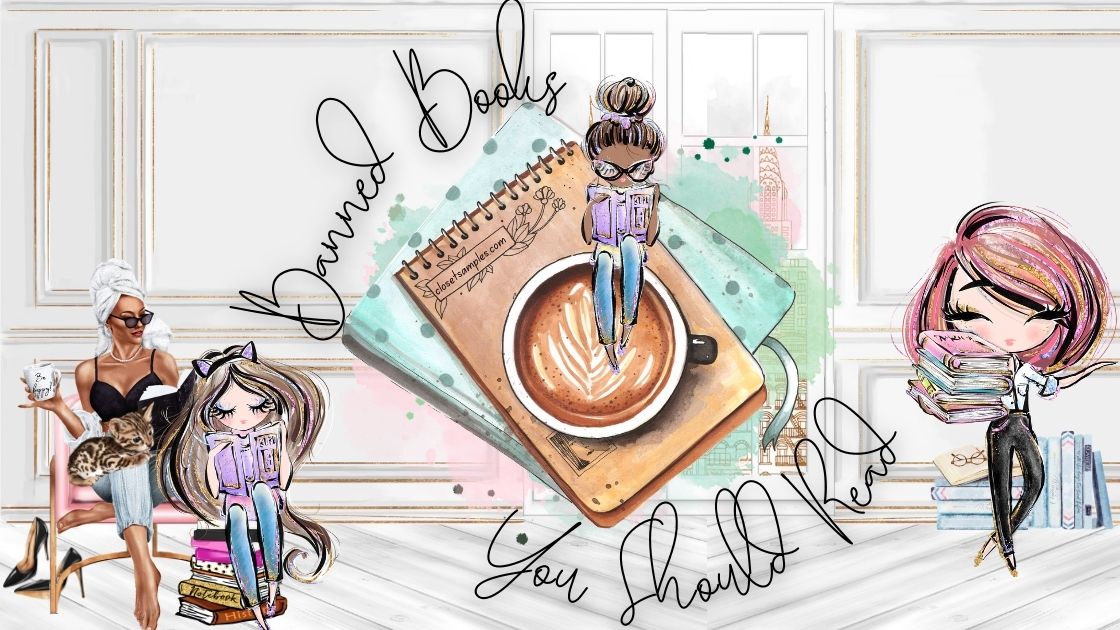
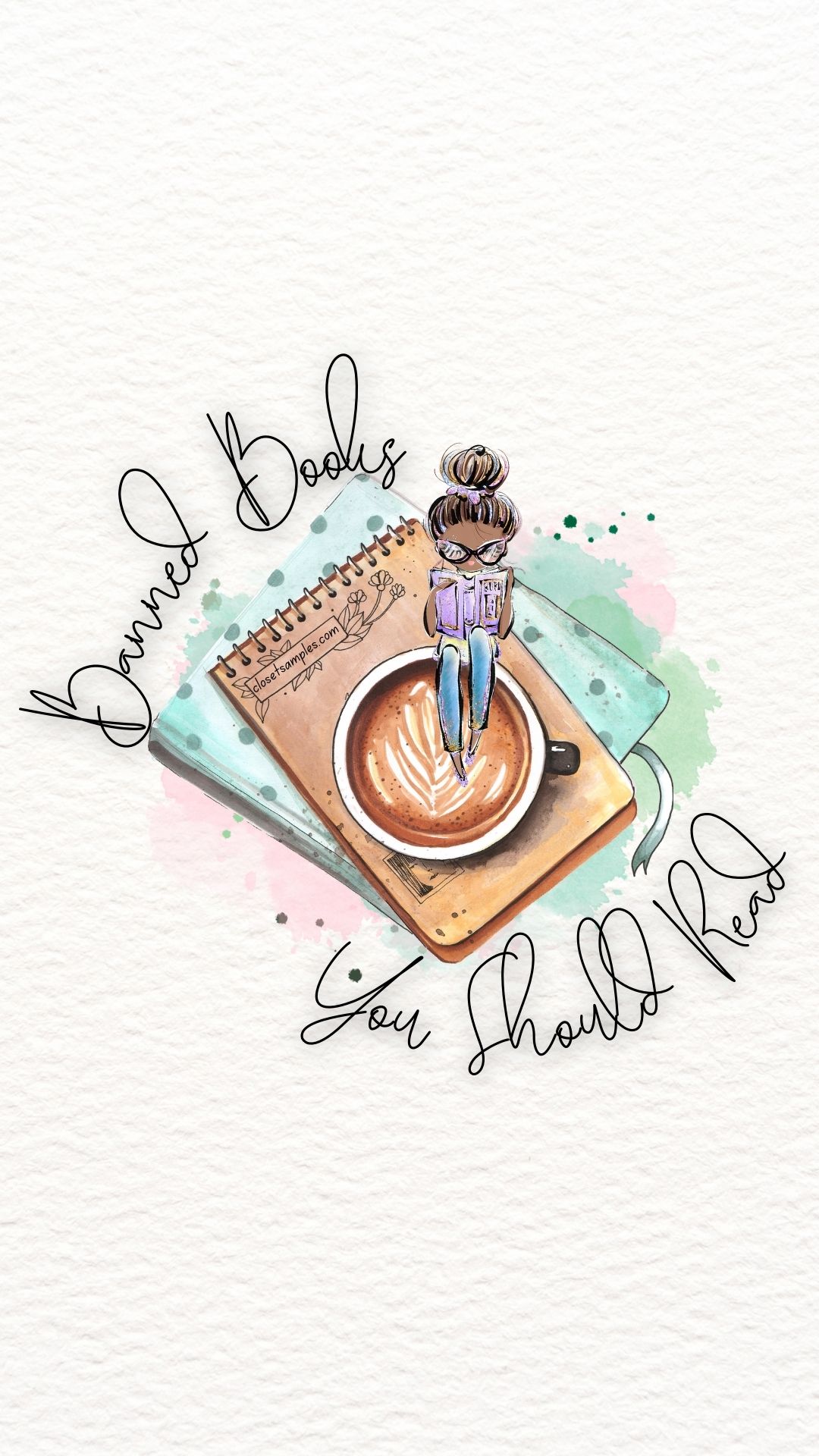



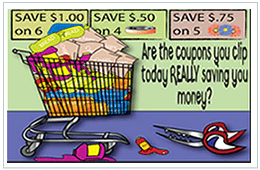 Here you will find all the best coupon advice, tips and how to make the most of all your coupons!
Here you will find all the best coupon advice, tips and how to make the most of all your coupons!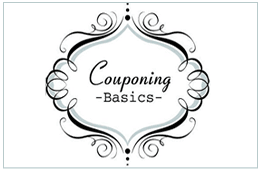 Are you looking for ways to stretch your dollar?
Are you looking for ways to stretch your dollar? 
